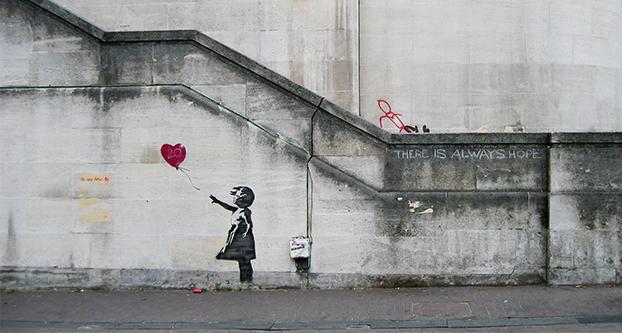In an attempt, as a nation, to understand our socio-political climate, artists have a perspective that is worthy of our attention.
Art that sparks contemplation can have a significant impact on individual views and how they continue to shape them in the future, even if it’s for just a moment.
Arresting images have always had a powerful ability to draw viewers in and elicit a wide range of responses — from disgust to illumination. A key theme throughout the range of emotions is an inevitable crossroads between the reactions and the thought processes that are shaped.
In a culture oversaturated with short-lived images which are largely meant to be eye-catching and nothing else, it would be a welcome reprieve to witness a grassroots approach to a national civic unrest that grows louder and larger by the day.
Artists have the ability to offer an outside lens from which to view the ongoing fray. More philosophical, big-picture kinds of questions can be formulated from these artistic endeavors to continue exploring ideas like civic unrest.
The art that is produced will provide a platform on which enriching conversations can be started that lead to healing from divides that have come between communities.
This is not a novel idea by any stretch of the imagination and is merely recognition of the role the arts have played in shaping public consciousness. From depicting bloody crusades to the tyranny of an oppressive government, art has been a faithful historian, diligently documenting the ages. It has even acted as a moral compass, asking questions of establishments like religion and social norms that were rarely openly criticized or questioned.
Many people hold dearly to beliefs that are delicate in nature.
These strong beliefs are tested on occasion and could become the norm with repeated interactions of like-minded people. Also, the very real phenomenon of confirmation bias strangles the ability to be flexible upon receiving new data that doesn’t fit old beliefs.
For instance, if a person has a particular view of undocumented immigrants but spends little time with them during the day, it is no surprise that they have a difficult time understanding their plight or situation. That same person can go to an art exhibit that displays the facets of the human experience that an undocumented immigrant undergoes, a bridge is created.
The problem becomes more real and concrete, and a human element not present before is added. A pathway to understanding is instituted, rather than barrier to misinformation.
Art has always been a deep yearning of the human species to better understand ourselves in this vast cosmic experience. It is, like anything else, a tool that can be used to alleviate problems or induce more suffering. Hopefully, we choose the former and recognize the opportunity that we have to create and foster connections through the vehicle of art.




